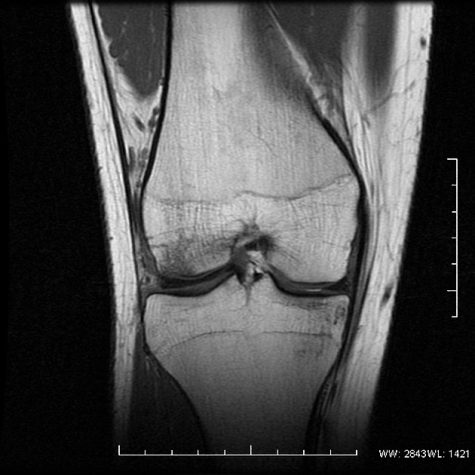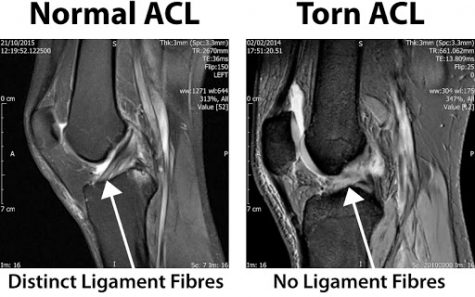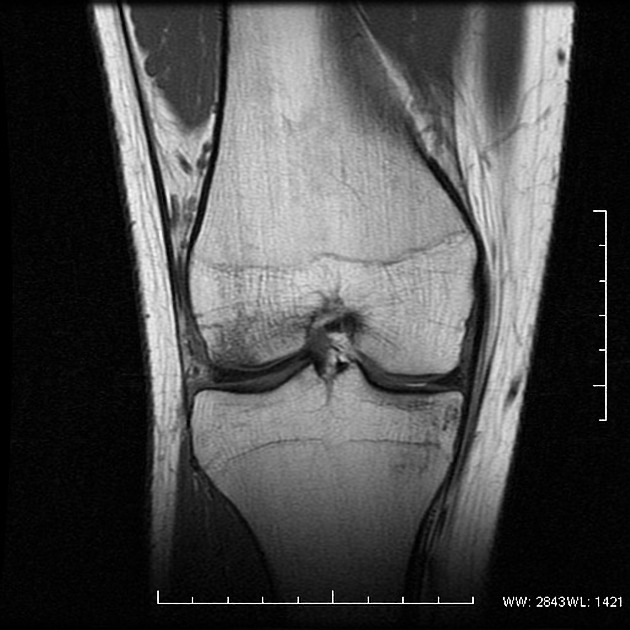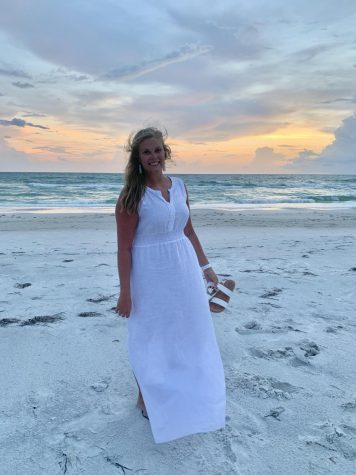An Athlete’s Journey: Injury to Recovery
December 8, 2020


The Injury
Ankle sprains, concussions, ACL tears are only a few of the many prevalent injuries in the unfortunate reality of playing sports. Although it may seem like just a setback, injuries are one of the most difficult experiences mentally and physically. It is hard to comprehend the effects until it happens to you.
Emilee East, a Junior at Seymour High School, experienced an ACL tear in 2019. The multi-sport (cross country and track) athlete stated, “It was hard mentally. It was hard to keep pushing through when I wasn’t making much progress in physical therapy. Tearing your ACL is a long and slow process.” Not only are there mental struggles, but there are also physical barriers to break through. Common motions and or tasks such as bending and straightening the knee, along with endurance are quickly lost and take time to gain back full strength. “I am still trying to gain back my endurance after a year and a half,” Emilee acknowledges. Amidst the long, rough journey, she stayed positive by remembering that the quicker she recovered, the quicker she could play sports again. Now, a year and a half later, Emilee is feeling stronger than ever, believing that she can get through any obstacle with a positive attitude.
The Diagnosis
Athletic trainers are specifically trained to help diagnose, treat, and prevent sports injuries in many different scenarios. Their involvement and communication with a student athlete play a huge role during the event of an injury.
Kyle Coates, Athletic Trainer at Seymour High School, helps diagnose and treat sports injuries. 2020, a year anything but normal, not only has spiked in COVID-19 cases, but also the number of sports injuries. Due to the CoronaVirus, pre-season and summer training was restricted. Many athletes were less active than normal due to the country’s lock-down in April. With these restrictions, athletes’ Cardiovascular systems, strength training, and flexibility conditioning were decreased. Although COVID-19 seems to play a major role, the playing surfaces also look to participate in the number of sports injuries, especially those to the knees and ankles. Coates states, “Research is limited in the area of injury on turf vs. natural grass playing surfaces. Non-contact injuries seem to be the biggest area of concern. Most often the foot/cleat gets stuck in the turf while the lower extremity continues to move. This often leads to ligament injuries in the knee.” Athletes can choose to wear turf cleats, a shoe with a smaller, rounded stud, when playing on turf athletic surfaces. “Longer studs that are square shaped have a high torque ratio which can cause the shoe to be stuck in the turf,” Coates addresses. Wearing the proper equipment for the playing surface as well as the use of pre-season and summer training plays an important role in the injury prevention of athletes.
The Recovery
Serious injury often results in surgery and physical therapy. The role of a medical team plays a huge role in the recovery progress of an injured athlete.
Lance Tape, Physical Therapist at Schneck Medical Center, examines and helps implement a treatment plan to improve one’s mobility and strength. Growing up playing about every sport he could, Tape developed a passion for the medical field. He wanted to find a career where he could be around athletics and help injured athletes all at the same time. Following his passion for the medical field provided many challenges along the way. “Without a doubt Physics II and Organic Chemistry [were the toughest classes]. Both classes required undergraduate courses for admission into PT school. They were very challenging courses, and I had to study more than I was used to in order to pass those classes. Thankfully, I don’t have to use the information I learned (or didn’t learn) from those classes in a typical setting as an Athletic Trainer or Physical Therapist,” Tape admits. Tons of injuries are seen day in and day out, but some are more common than others. “Typically we tend to see more lower extremity injuries such as ankle sprains, knee sprains, and patello-femoral syndrome, but some of those may be treated by the Athletic Trainer and never make it into PT. I see several ACL injuries for rehab as the rehab process is longer and more involved than a basic knee/ankle sprain,” Lance explains. Studies show single-sport athletes are more prone to injury than multi-sport athletes. “The human body is very dynamic and needs to be challenged in multiple ways in order to achieve peak performance. Multiple sport athletes do just that.” Without the help of physical therapists, fewer athletes may return to the playing field.
On a Personal Level
Before my injury, I never understood the depth and challenges of an ACL and meniscus tear and what it could do to someone’s mental and physical health. I finally understand those who have been injured or those who are going through an injury. It is a long, rough, and slow process that can take months to return back to normal. Being the starting goalkeeper for the Lady Owls, I had a desire to break the shutout record, the number of games where no goals were conceded. On September 26, Franklin Community was the game I had the chance to tie the record. I was excited that I was getting the chance to beat it and achieve my season goal. I already had eight shutouts and needed only one more to tie it. As my teammates were taking shots on me, I felt off. I wasn’t moving properly and I was getting in my head. I came out for a ball and my cleat got stuck in the turf. The momentum of my run kept the rest of my body moving as my knee went the opposite way, causing it to pop and crack. I had a gut feeling as soon as the injury happened that I had torn my ACL. All I could think was “Why me?” It was hard to have something that brought me so much joy be ripped away in an instant. It is still hard today. It is hard to sit on the sidelines and watch your teammates play without you. It is hard to stay positive when negative thoughts overpower the good thoughts sometimes.
While there may be many negative aspects to an injury, there is still good that comes out of it. I am very thankful for everyone who has reached out, given me advice, and supported me. Moreover, I feel as though I have gotten closer to God. I have learned His timing and plans are always right. I have realized to not even take the simplest experiences for granted. The ease of getting into a car, walking without crutches, or carrying my backpack are tasks I took for granted without even noticing.
I cannot wait for the day I get to step back out onto the soccer field and defend the goal for the Lady Owls and my club team, Indy Strikers. I know I will come back stronger than I left.




